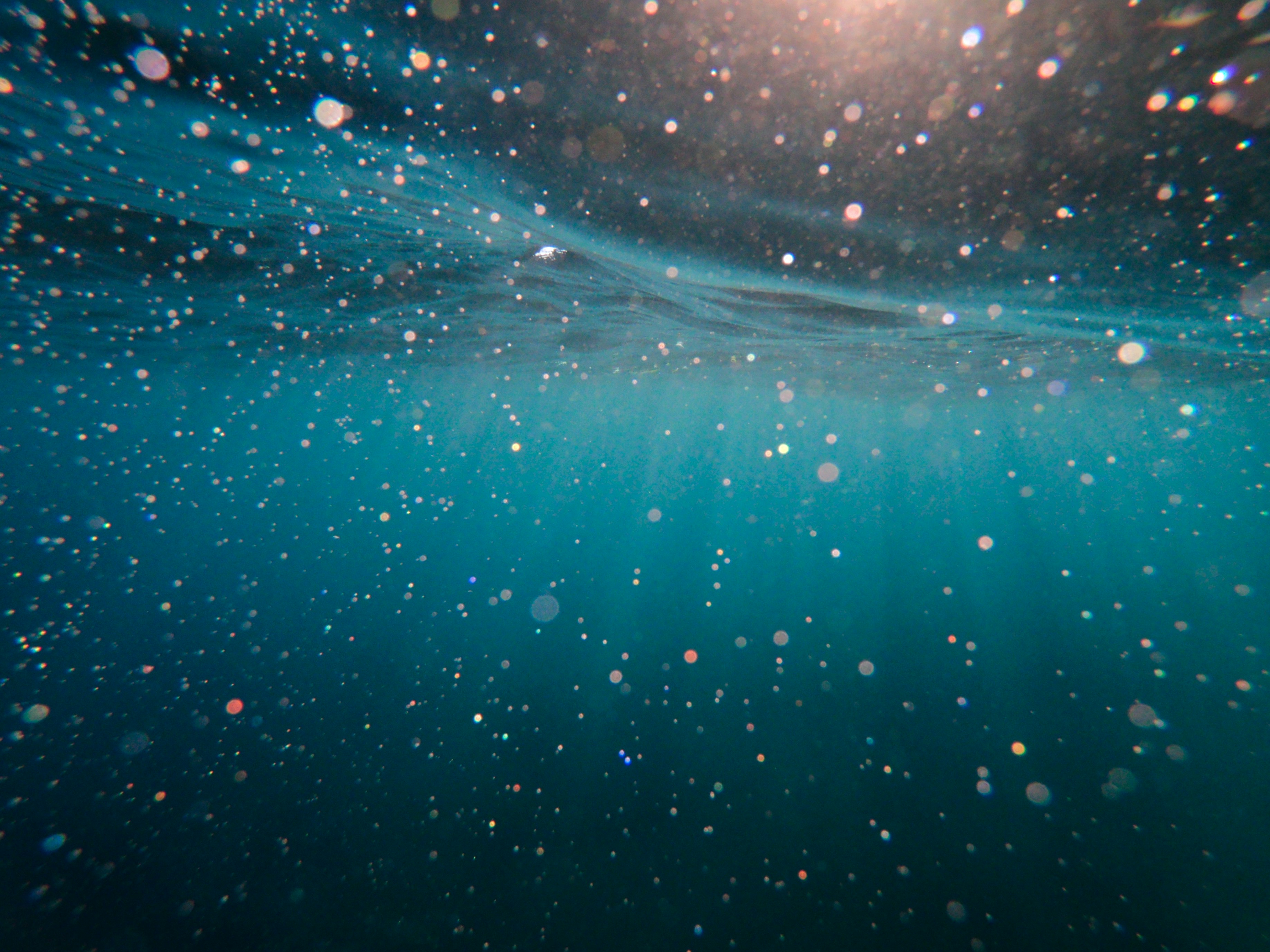Media release
From:
Alkalizing wastewater discharged into the sea could capture and store roughly 18 teragrams of carbon dioxide annually
Treating wastewater with alkaline minerals before discharging it into the ocean – a process known as ocean alkalinity enhancement (OAE) – could sequester roughly 18 teragrams of carbon dioxide per year globally, new laboratory research suggests. The proof-of-concept results show that, if scalable, the approach could help reduce ocean carbon oversaturation and, subsequently, harmful acidification.
The European Union, the United States, and China “should be major contributors on both wastewater treatment and the mitigation of climate change via wastewater-based OAE implementation in the future,” Li-wen Zheng and colleagues write, noting that these three countries lead in current treatment capacity – and in expected increases to wastewater treatment. The authors propose that these countries could adapt their discharge practices to incorporate OAE. Global warming-driven ocean acidification, due to increased uptake of carbon dioxide from the atmosphere, imperils marine environments and industries. In theory, OAE would expand the ocean’s capacity for carbon dioxide storage with fewer adverse effects.
Zheng et al. quantified the efficacy of wastewater-based OAE in a laboratory setting, by aerobically treating artificial urban wastewater with olivine and activated sludge. Total sewage water alkalinity grew to more than 10 millimoles per kilogram – a rate 20.5 times higher than might be achieved if ships directly distributed alkaline minerals in seawater. Zheng et al. suggest that wastewater-based OAE could especially support carbon sequestration in the latitudinal range 20°N to 60°N, which is where the most wastewater treatment plants are located.



 International
International



